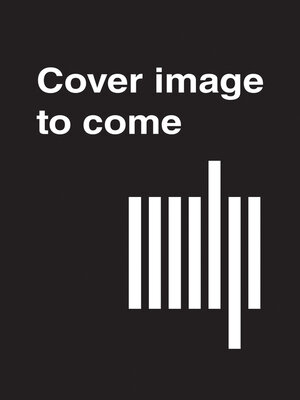Electronic Baroque
ebook ∣ Building a Historical Organ for the Present · Inside Technology
By Peter F. Peters

Sign up to save your library
With an OverDrive account, you can save your favorite libraries for at-a-glance information about availability. Find out more about OverDrive accounts.
Find this title in Libby, the library reading app by OverDrive.



Search for a digital library with this title
Title found at these libraries:
| Library Name | Distance |
|---|---|
| Loading... |
A fascinating, real-time ethnography of the building of a unique musical instrument with both mechanical and electronic components.
Electronic Baroque tells the story of how a baroque pipe organ with both a mechanical and an electronic interface was built. The book also explores how, in musical practices, the new comes into being.
In 2013, the Orgelpark in Amsterdam, a concert venue dedicated to organists who want to give their instrument a new role in musical life, embarked on a project to make a unique instrument. This new baroque organ project combined principles and practices from historically informed organ building with the design and application of new computer hardware and software. Drawing on hermeneutic, pragmatist, and post-actor network theoretical approaches to history and music, Peter Peters describes and analyzes how the dual design of the organ, facing both past and present, reiterates the long history of these instruments.
Electronic Baroque tells the story of how a baroque pipe organ with both a mechanical and an electronic interface was built. The book also explores how, in musical practices, the new comes into being.
In 2013, the Orgelpark in Amsterdam, a concert venue dedicated to organists who want to give their instrument a new role in musical life, embarked on a project to make a unique instrument. This new baroque organ project combined principles and practices from historically informed organ building with the design and application of new computer hardware and software. Drawing on hermeneutic, pragmatist, and post-actor network theoretical approaches to history and music, Peter Peters describes and analyzes how the dual design of the organ, facing both past and present, reiterates the long history of these instruments.







